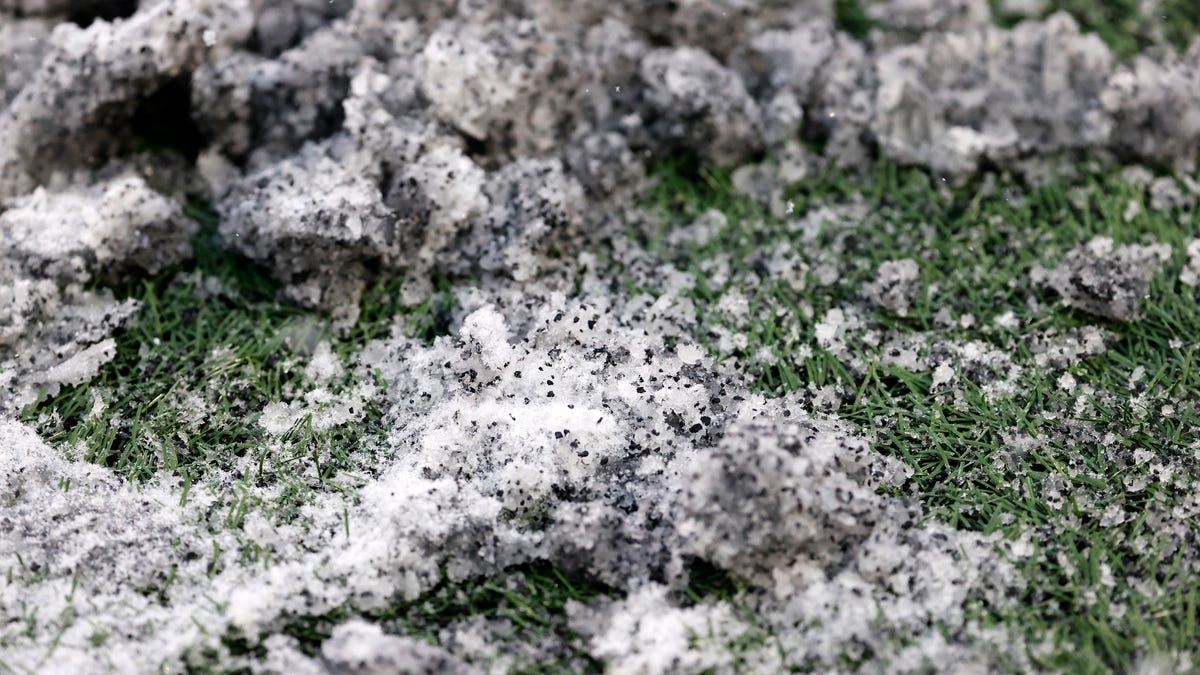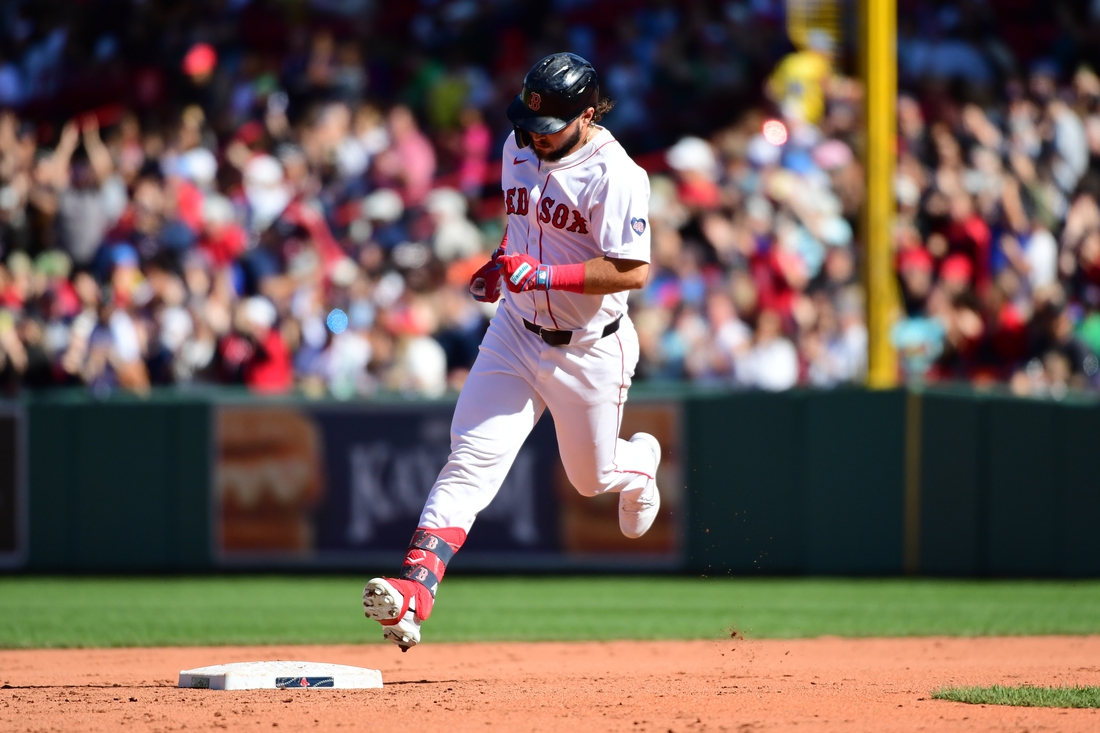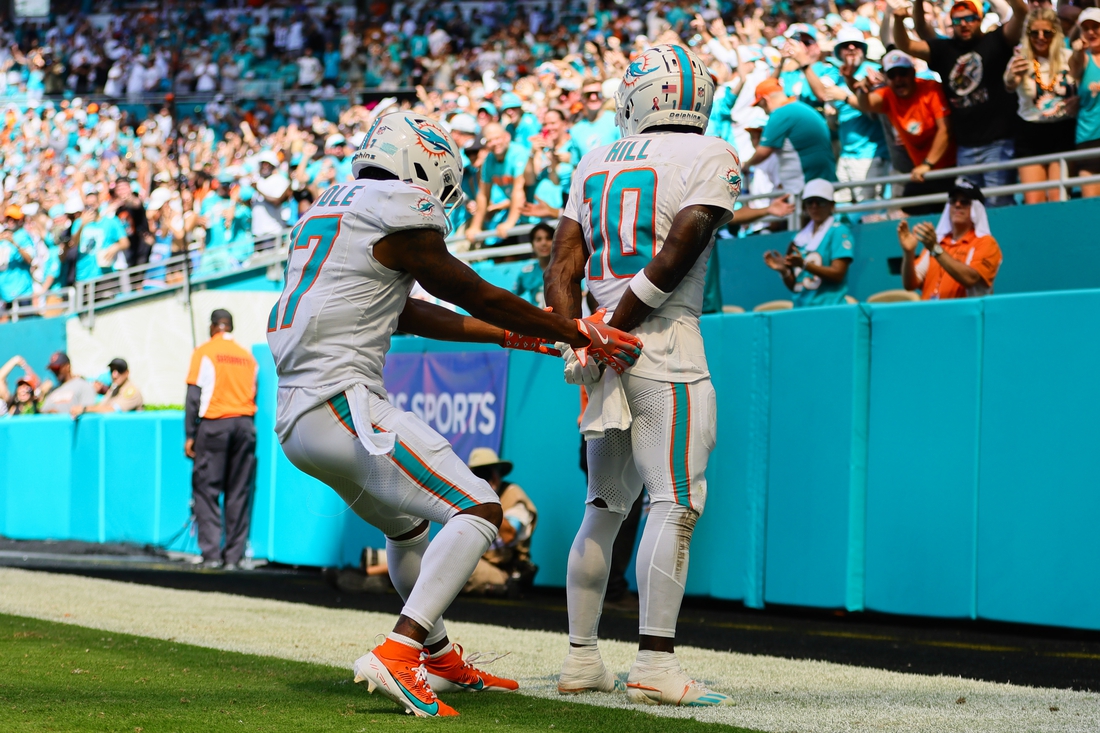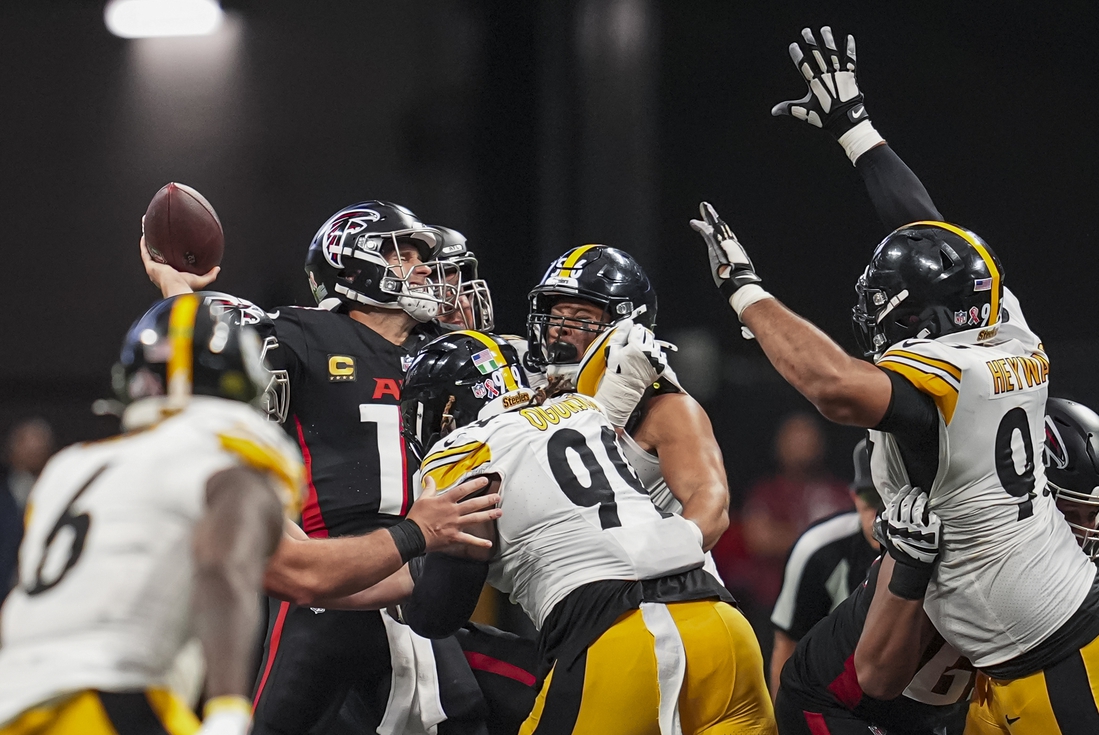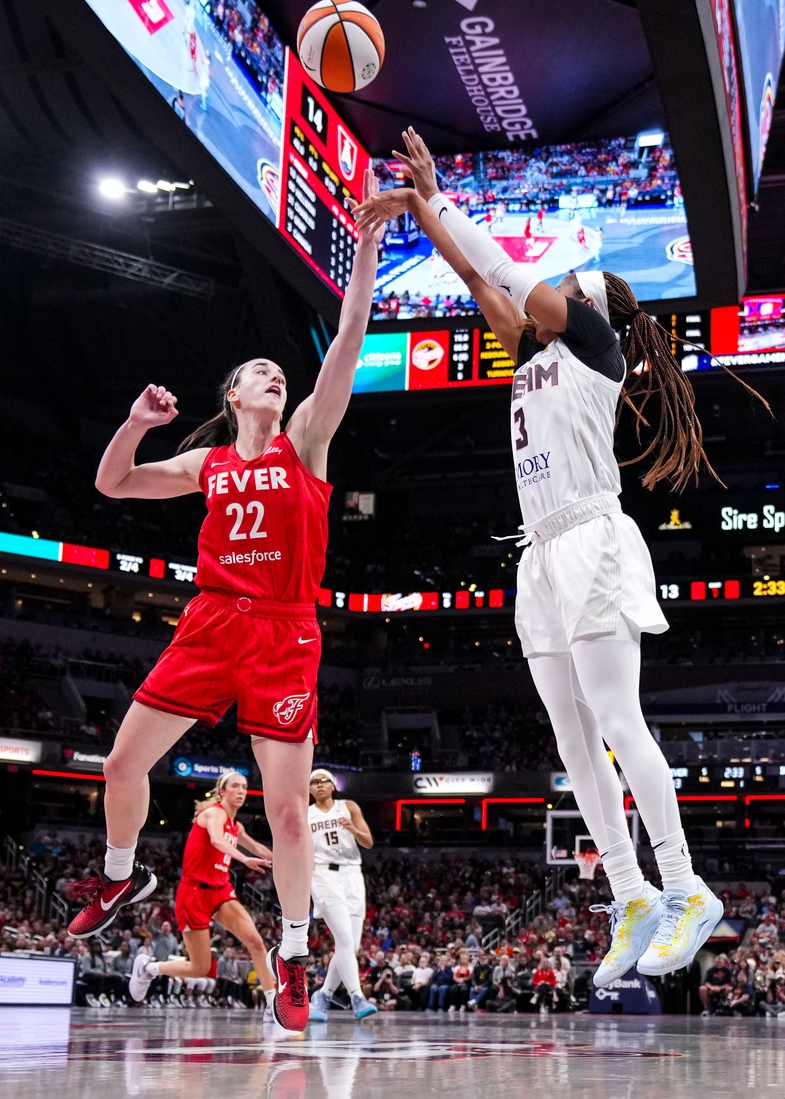NFL Players’ Association executive director Lloyd Howell told the media on Tuesday that 92 percent of NFLPA members want to play on natural grass, citing rates of injuries, general soreness and burns as the reason most of the union wants to move away from artificial turf.
“It’s not rocket science,” Howell said. “Ninety-two percent of our union wants grass. That’s compelling. The bottom line is, it’s unquestionable that our union wants to have a working condition where they play on grass.”
While the cost and effort of maintaining artificial turf is undeniably less than caring for a natural grass field, players also spoke to the media about why grass is preferable to turf. Chargers running back Austin Ekleer described the amount of “turf tape” he has to wear in order to prevent burns on his arms and legs. “It hurts,” Ekeler said.“Turf is a lot harder surface.” Bengals safety Michael Thomas concurred, adding that even weekday practices on turf left players sore heading into NFL games.
While emerging technology and other variables make an injury rate on turf difficult to establish, in a paper published last year in the American Journal of Sports Medicine, researchers found 16 percent more injuries per play on turf versus natural grass, and concluded that non-contact injuries occurred at an even higher rate on turf, about 20 percent more injuries per play.
Anyone who has played a sport on artificial turf knows it’s not the same as playing on grass, even though turf has come a long way since it adorned the backyard of The Brady Bunch. The kind of turf that was commonly used in the 1970s and 80s (which wa basically concrete with a plastic carpet over it) has gone out of style, and the newfangled turf, along with its “rubber crumbs” has become ubiquitous on playgrounds and athletic fields nationwide. That’s why it’s unfortunate that multiple studies and lawsuits have begged the question of whether artificial turf is chemically more dangerous to athletes than 16 percent more sprained ankles have led us to believe.
It’s not a question without merit. In March of 2023, the Philadelphia Inquirer published a piece investigating whether the turf the Philadelphia Phillies played on at Veterans’ Stadium from the 1970s to the early 2000s caused six Phillies to die of a rare form of brain cancer. “The rate of brain cancer among Phillies who played at the Vet between 1971 and 2003 is about three times the average rate among adult men,” the story reported. After having the old turf analyzed, the Inquirer’s investigation “found that turf contained 16 different types of PFAS, or per-and polyfluoroalkyl substances — so-called ‘forever chemicals,’ which the EPA has said cause ‘adverse health effects that can devastate families.’”
While turf has certainly come a long way since the days of Tug McGraw and David West, it’s enough to give anyone pause about playing on artificial turf, especially if you’ve ever had your child come home from a game covered in “rubber crumbs,” the byproduct of old tires diced up and sprayed all over the field to create a cushion for athletes. I was present for more than one soccer mom sidelines conversation that began, “Are we really okay with our kids playing on this stuff?”
According to the Washington State Department of Health, parents have no need for concern. After studying a college soccer coach’s list of players who developed cancer after having played on turf with rubber crumbs, the Department’s website concludes, “Based on what we know today, the Washington State Department of Health recommends that people who enjoy soccer continue to play regardless of the type of field surface. Our recommendation is based on our investigation and the available research on crumb rubber which currently does not suggest it poses a significant public health risk.”
However, not everyone is buying it, and law firms across the country have begun researching the issue in preparation for potential class action lawsuits. Personal injury attorney Jared Firestone wrote of rubber crumbs in 2022:
“The rubber is reclaimed from disused car and truck tires, which contain harmful contaminants like lead and benzene. Once distributed over a field, they can release these toxins at harmful concentrations.
In addition to benzene and lead, the list of toxins that have been discovered on artificial turf fields includes mercury, polycyclic aromatic hydrocarbons, heavy metals, arsenic, and other carcinogenic compounds.”
And white the thought of anyone, from pro athletes to small children, rolling around in a big pile of lead and benzene sounds like a terrible idea, scientists claim that the presence of chemicals doesn’t mean that humans can or will absorb them in amounts sufficient to cause cancer. The Washington State DOH website further says, “The available research suggests exposures from crumb rubber are very low and will not cause cancer among soccer players.” That’s not all that reassuring, especially when the Phillies of the 1970s and 1980s were likely told the playing surface at the Vet was safe, too.
Having had children who played both soccer and football, I can tell you without question that kids playing football spend a lot more time on the ground, rolling around in all those rubber crumbs. They come home with them in their hair, their ears, inside their socks and shoes. Not only were they all over the inside of my car, but they adorned the foyer of my house constantly, no matter how much sweeping and vacuuming they did. Now, reading about all the “forever chemicals” those crumbs contained makes me uneasy, even as a mom whose children are fully vaccinated and bathed in sunscreen every summer.
Harmful chemicals are so ever-present in our society that we probably come into contact with dozens of them each day. But when we can limit our interactions with them, we should, even if there is not (yet) research directly linking them to cancer. While players expressing their fear of injuries and other physical issues with artificial turf should be enough for stadiums to bite the bullet and invest in grass, it’s hard to imagine any NFL owner wanting to pony up the costs of sod installation and maintenance.
The NFL’s inaction on this topic is galling, especially when so many stadiums are able to switch back to a natural surface when pro soccer comes to town, as FIFA often mandates natural grass surfaces when high-level matches come to town. For the 2026 World Cup, FIFA is demanding that eight of the 16 venues hosting matches across the US, Mexico, and Canada install natural grass fields for the tournament. If stadiums can come up with natural grass when EPL teams come to town on summer tours, they can do it for NFL teams, as well.



